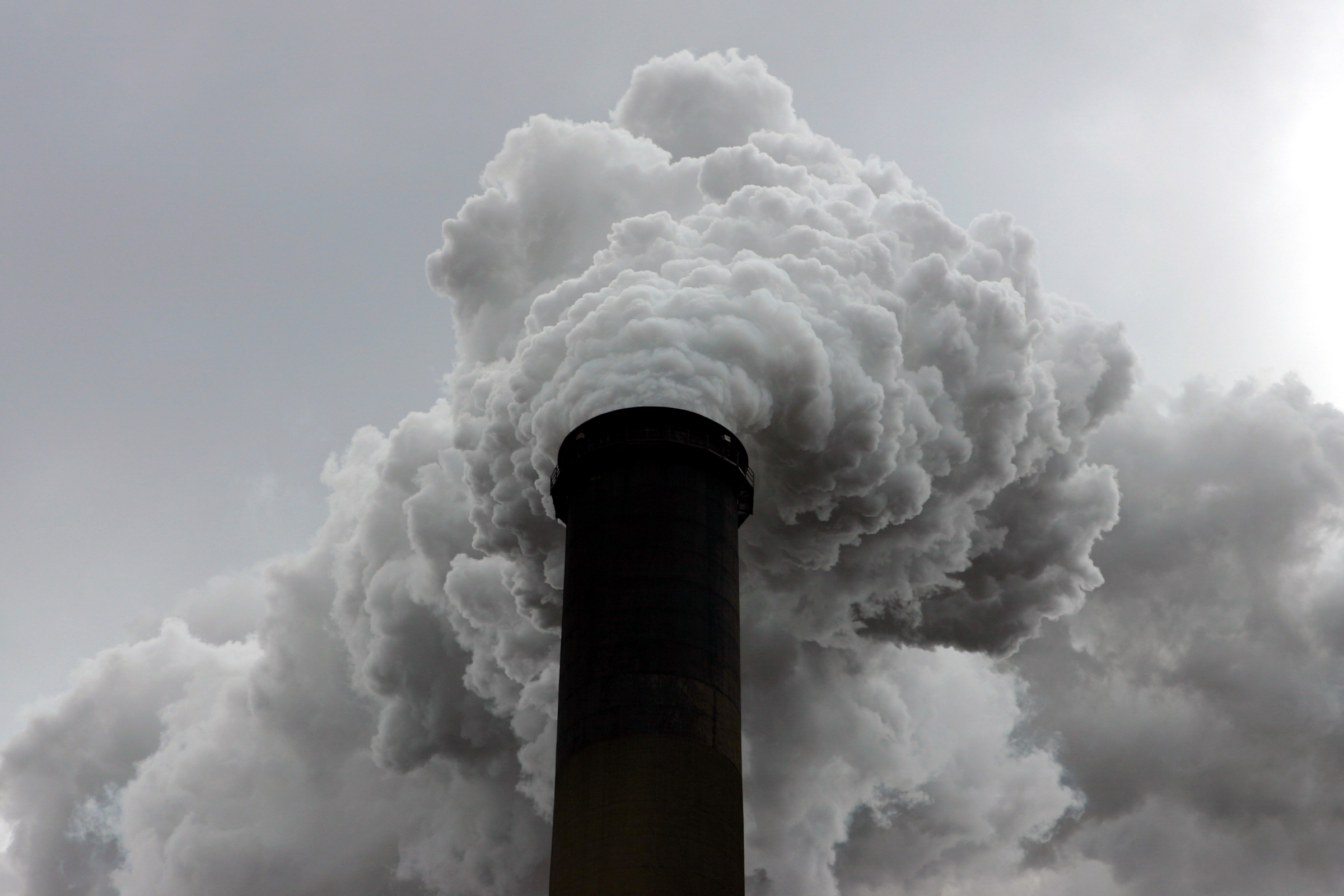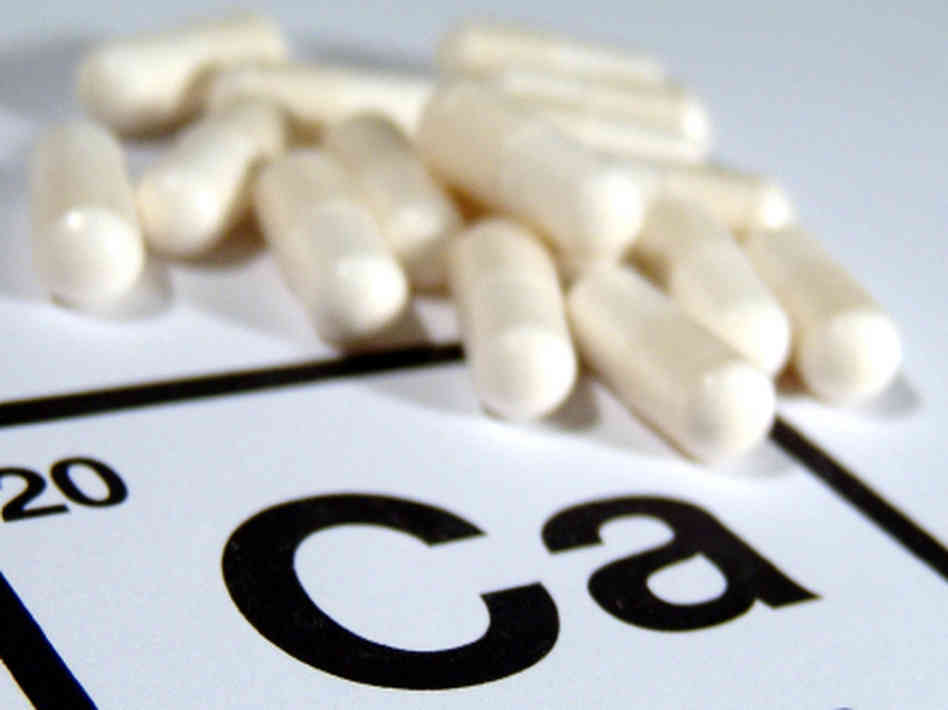Air pollution effects on skin are far worse than you might expect.
Living in a big city has its perks. You’ve got access to world-class outdoor adventures, fashion, luxurious dining, and so much more– but there is one serious drawback: air pollution.
All big cities around the world have their fair share of pollution. Vehicle pollution mixes with the greenhouse gases released by millions of appliances and the smog of industrial areas further out of town, and all of these things take their toll on the environment. But you may be at risk as well! Or, more specifically, your skin.
Here are some of the air pollution effects on skin you need to know about:
- Oxidative stress — When something is burned (coal to produce electricity, gasoline to produce energy for driving your vehicle, propane for your stove, etc.), the burning process releases millions of nanoparticles into the air. These “smaller than the eye can see” particles come in contact with your skin and are absorbed into the tissue. They can do some serious damage to the skin, leading to “oxidative stress”–the damage that results from oxidation. Your skin will have to repair the damage caused by these nanoparticles, preventing it from dealing with the other problems (damage caused by UV rays, other chemicals, etc.). The more pollution you are exposed to, the more oxidative stress on your skin.
- Reduced collagen production — The nanoparticles released into the air by burning essentially “poke holes” in the collagen present in your skin. This collagen is needed to keep your skin strong, smooth, and tight, but the damage caused by these nanoparticles can affect the structure of your skin. The skin will lose its thickness and elasticity, making it more easily damaged in the future. The more air pollution, the less collagen, and the more damage your skin will sustain without the ability to repair or protect itself.

READ MORE: 10 Home Remedies for Glowing Skin
- Clogged skin –– The toxins floating around in the air can clog your pores and hair follicles, leading to infected hair follicles, acne, poor circulation, and puffiness of the skin. The result is skin that is more susceptible to skin disorders, as well as dry, dull-looking skin. The more your skin sustains damage, the more easily it will be damaged. It’s a vicious cycle, and one that will only improve once you protect your skin from the air pollution as well as treat the damage sustained.
- Aging –– “Aging” is a term that is thrown around liberally, but it has little to do with the number of years you have lived. Older people (usually over 40 or 50) start to see decline in their skin condition, which we call “aging”. In reality, the skin is unable to repair itself due to all the damage it has sustained, and the reduced body function that is common with aging. When pollution sets into your skin, it may start to “age”–show signs of wear, tear, oxidative stress, and damage. You may be in your 20s or 30s, but your skin will look 50 or 60. It’s all the result of the damage that your body simply can’t repair.
- Increased risk of allergies –– Did you know that pollution can make you more susceptible to allergens? Pollution can cause your skin to be more sensitive to allergens in the environment, increasing your risk of rashes and pink eye. Some air pollution may even carry the allergens, such as the pollution released when poison ivy or oak is burned.
Air pollution does NOT do your skin any favors, so it’s vital that you take steps to protect it!








